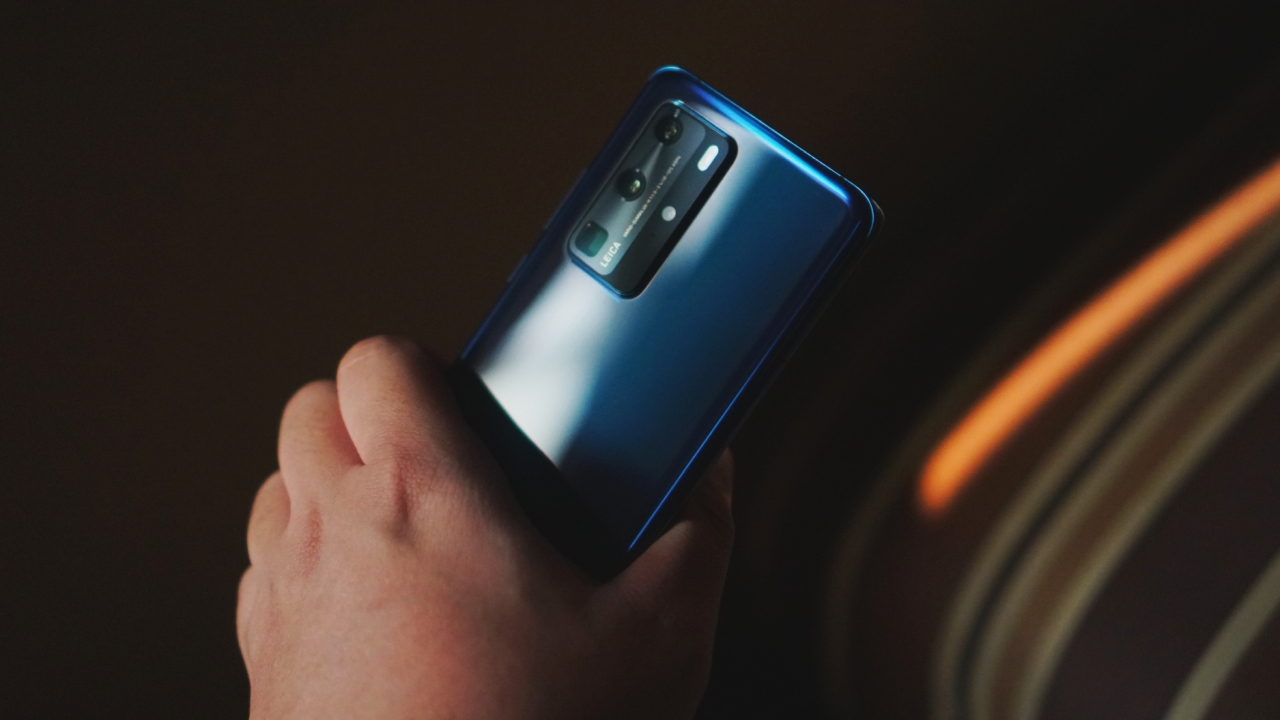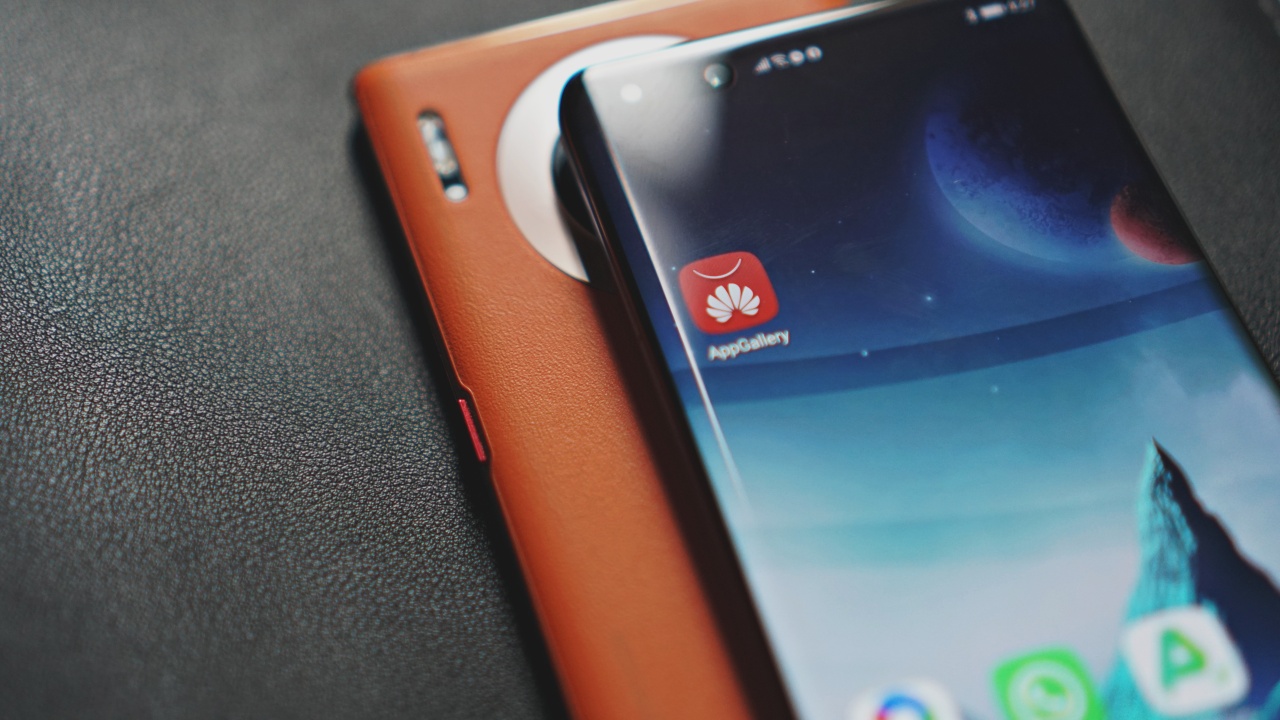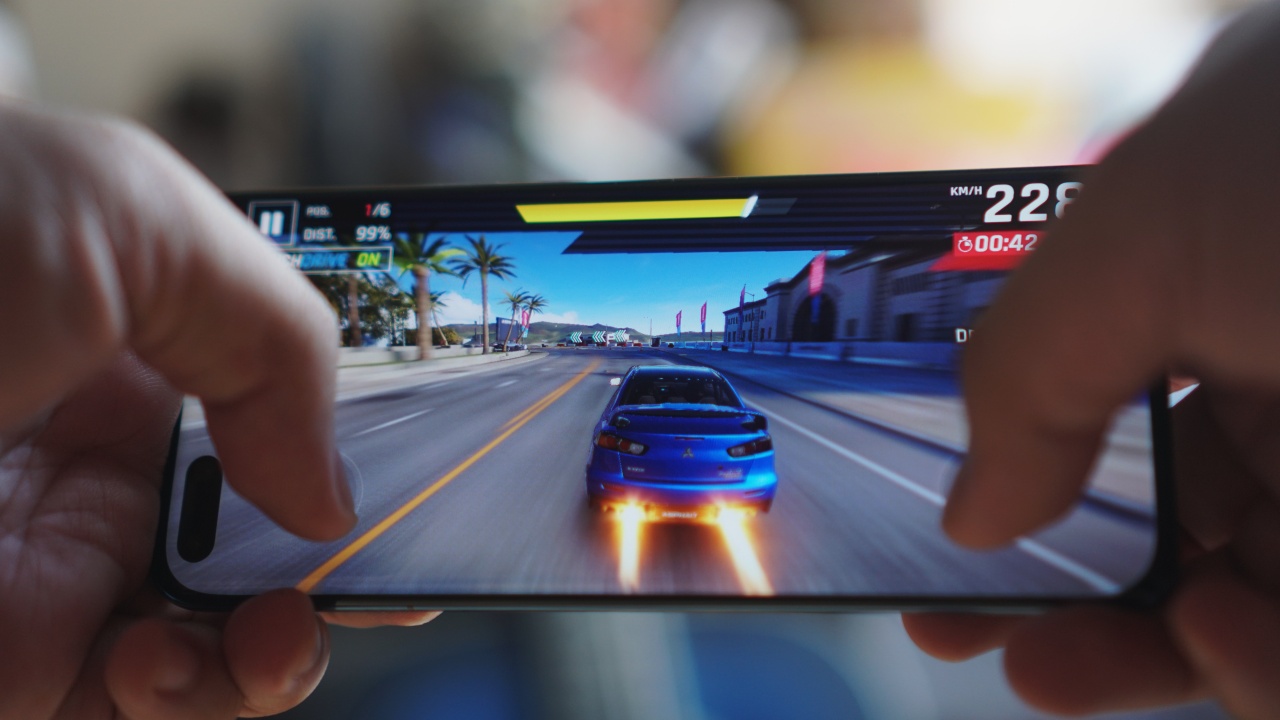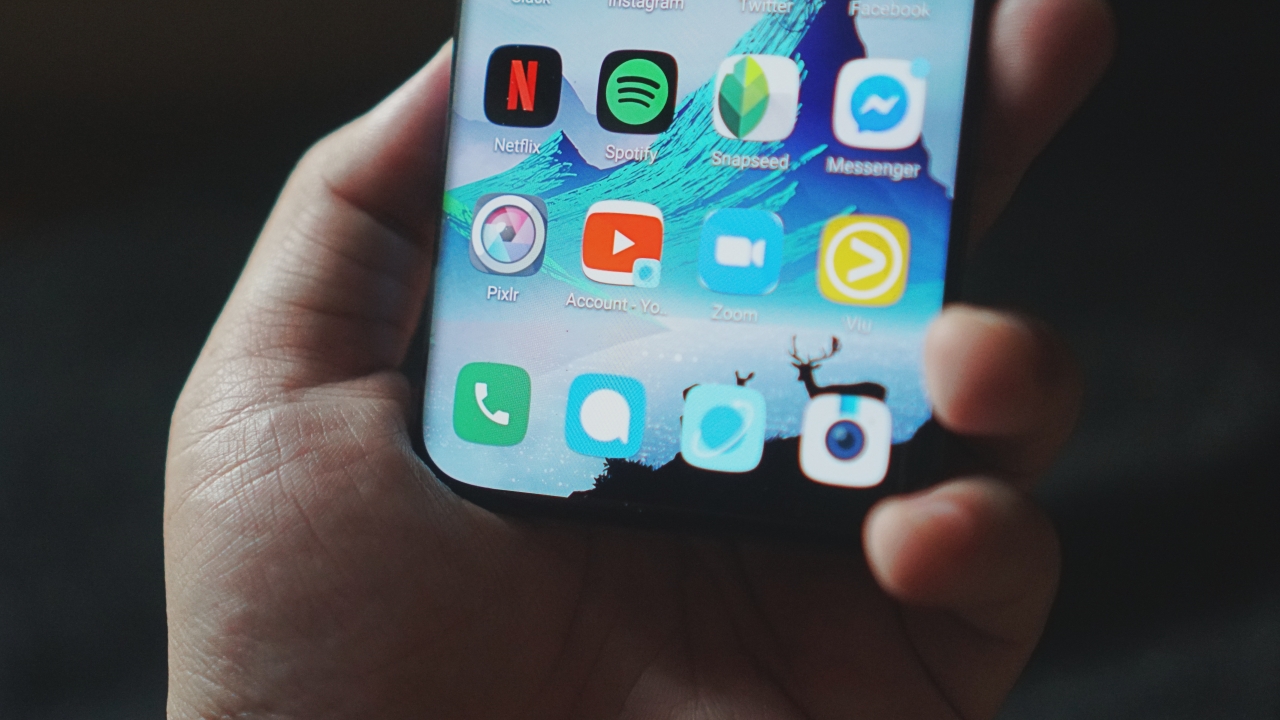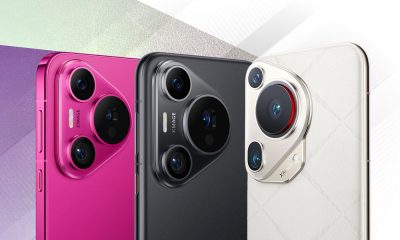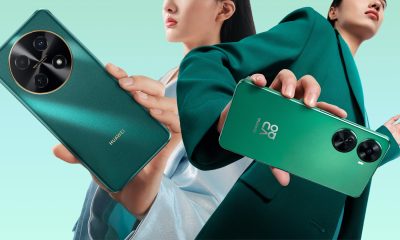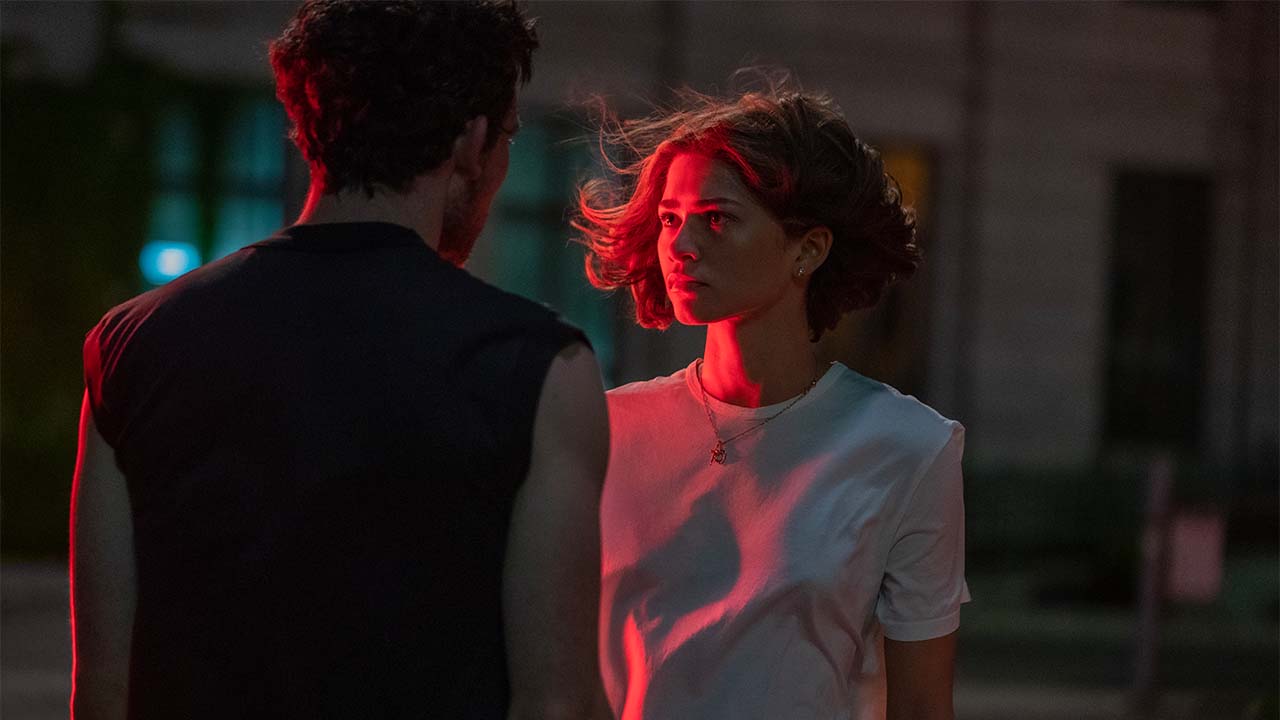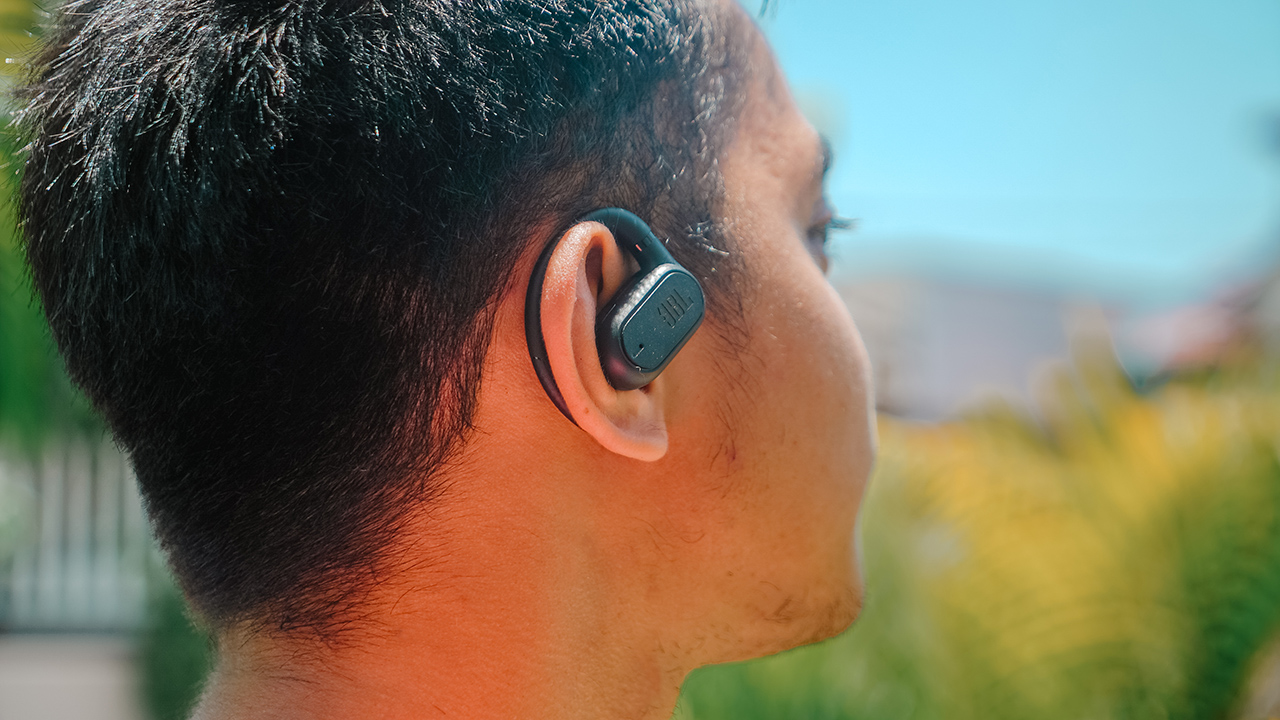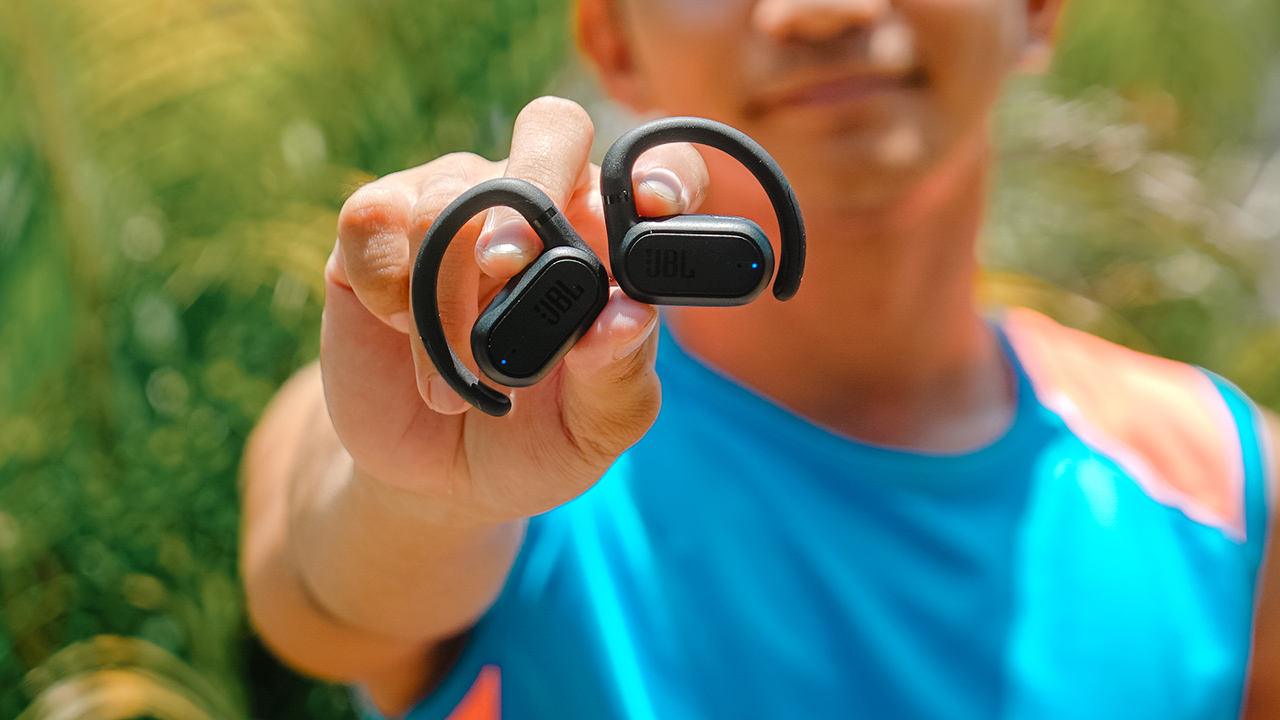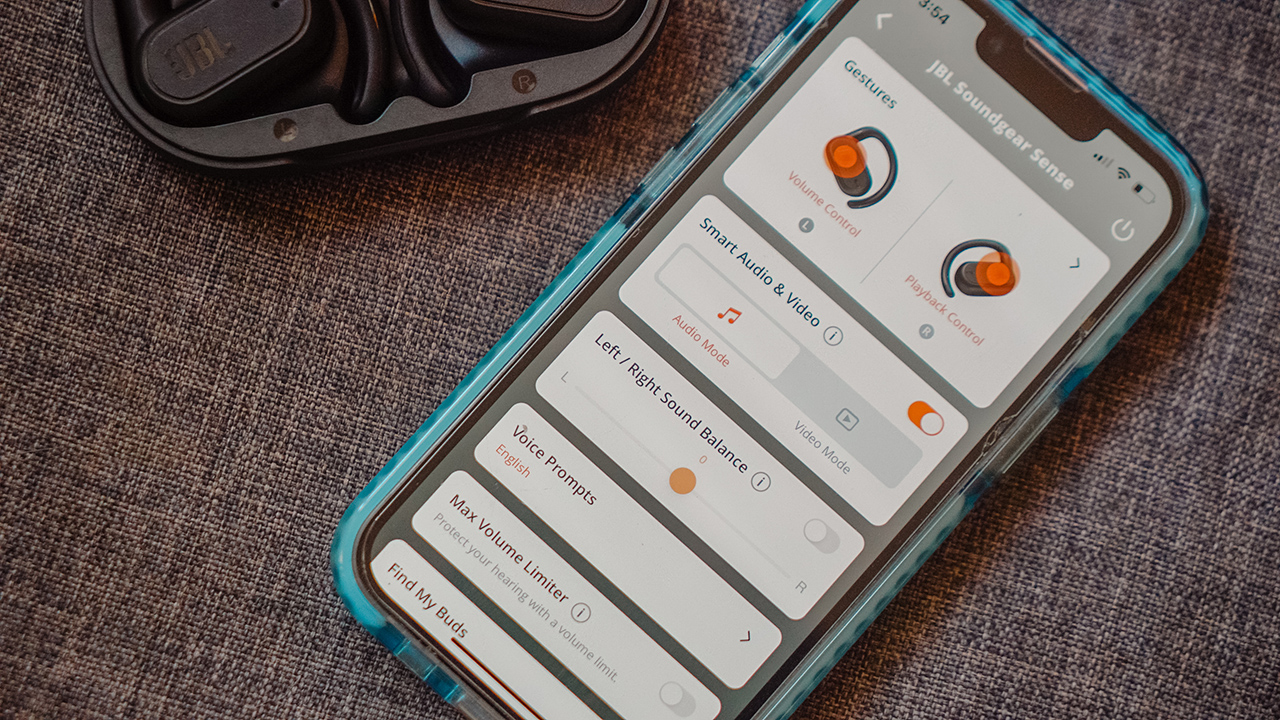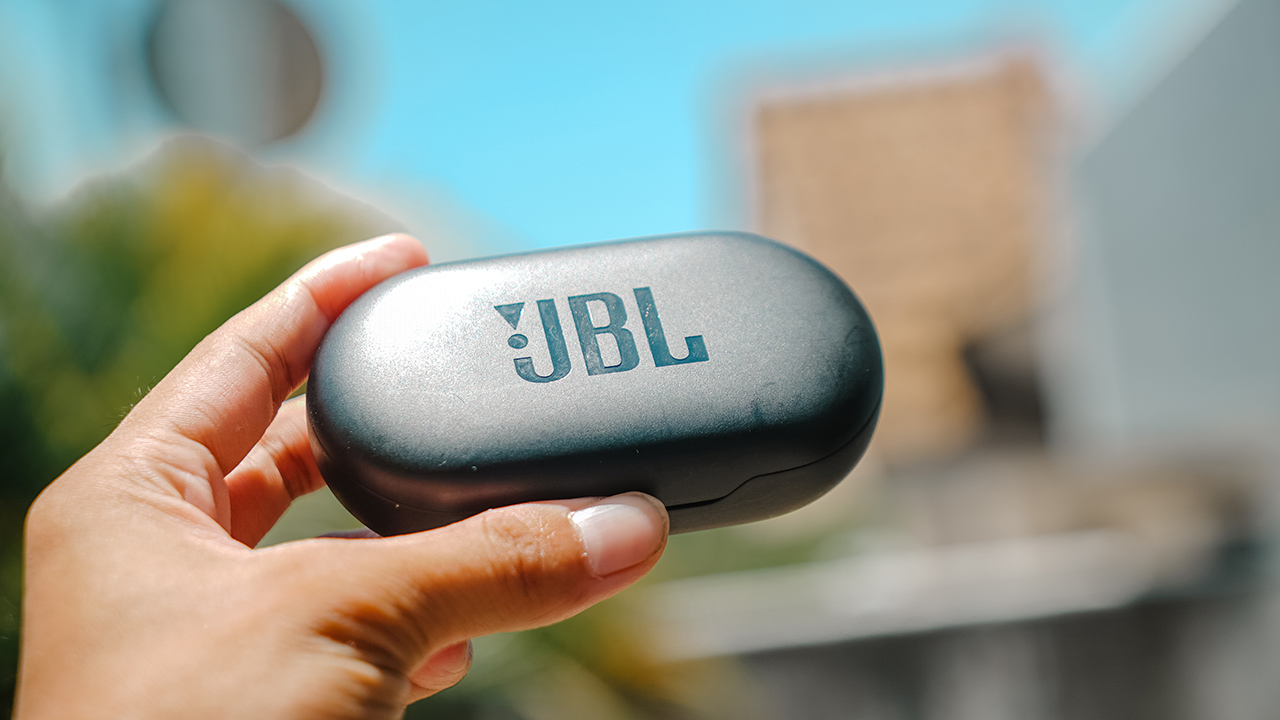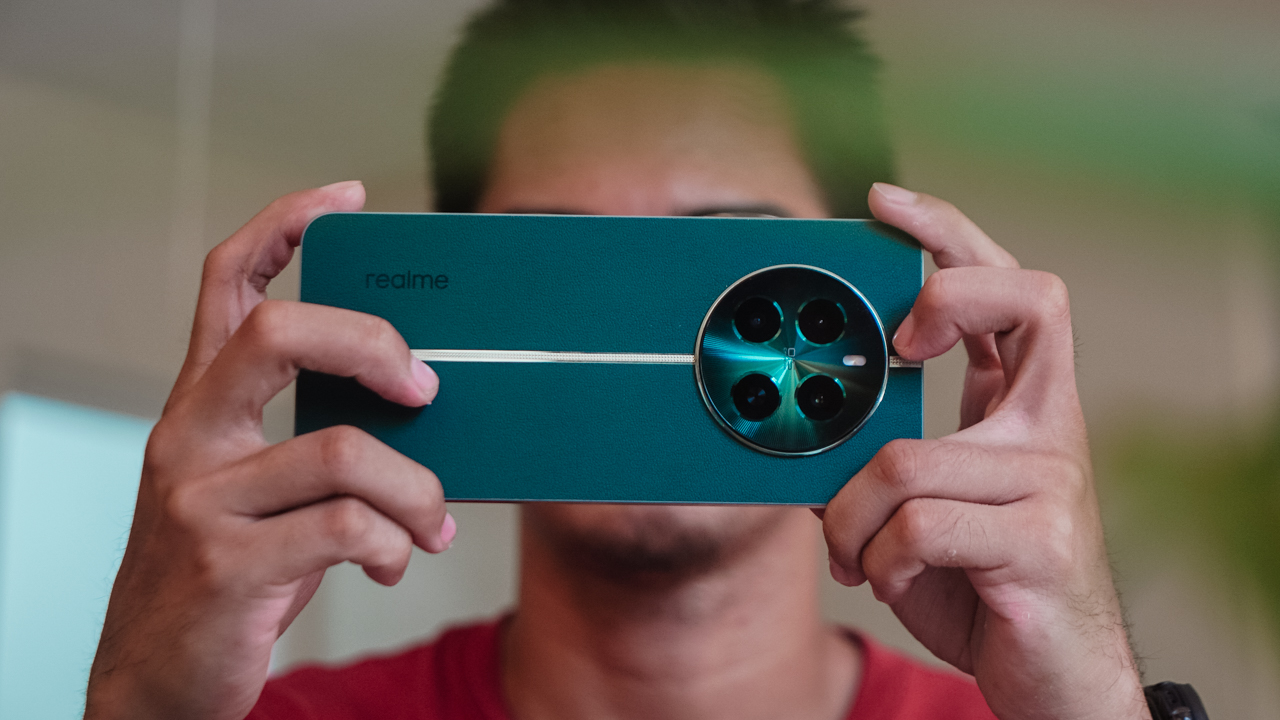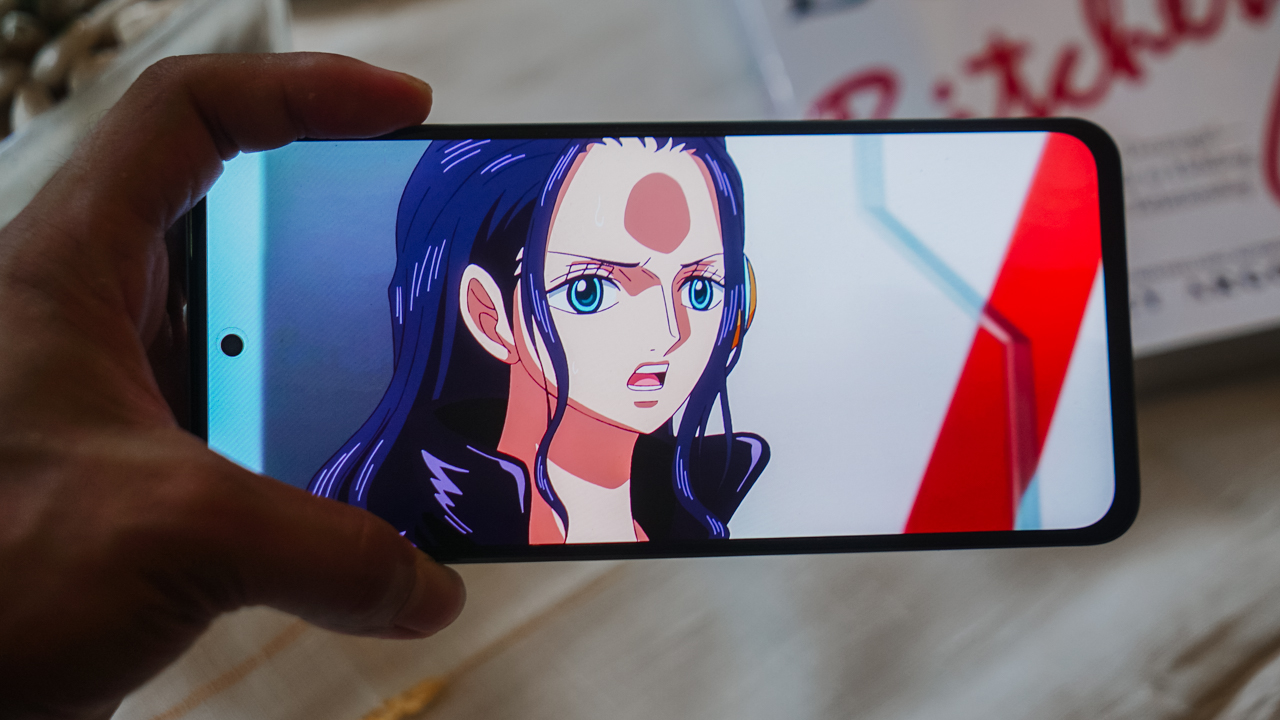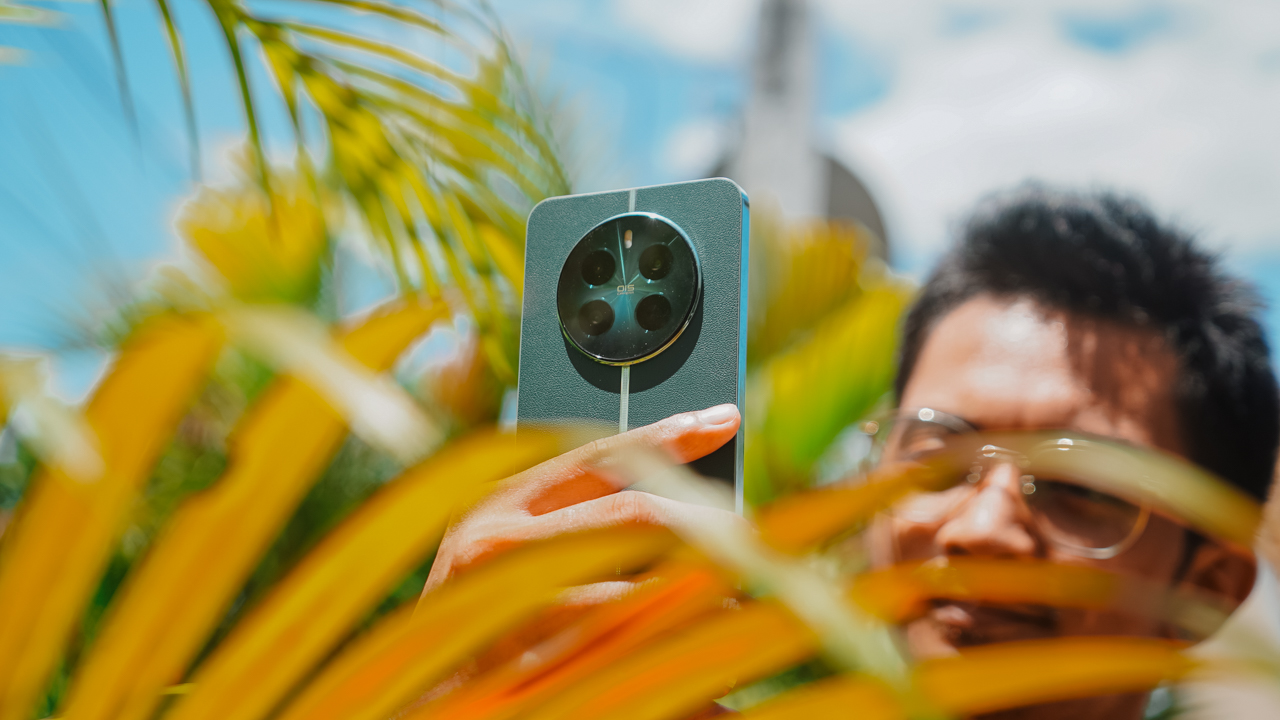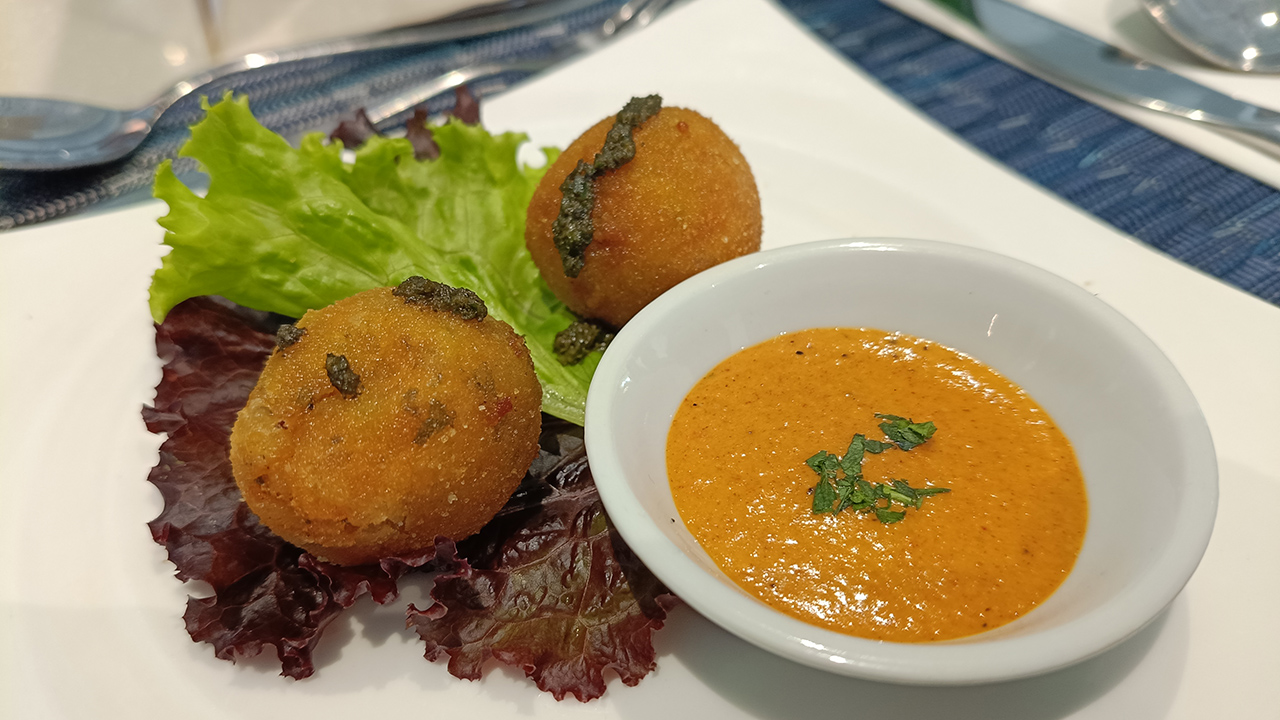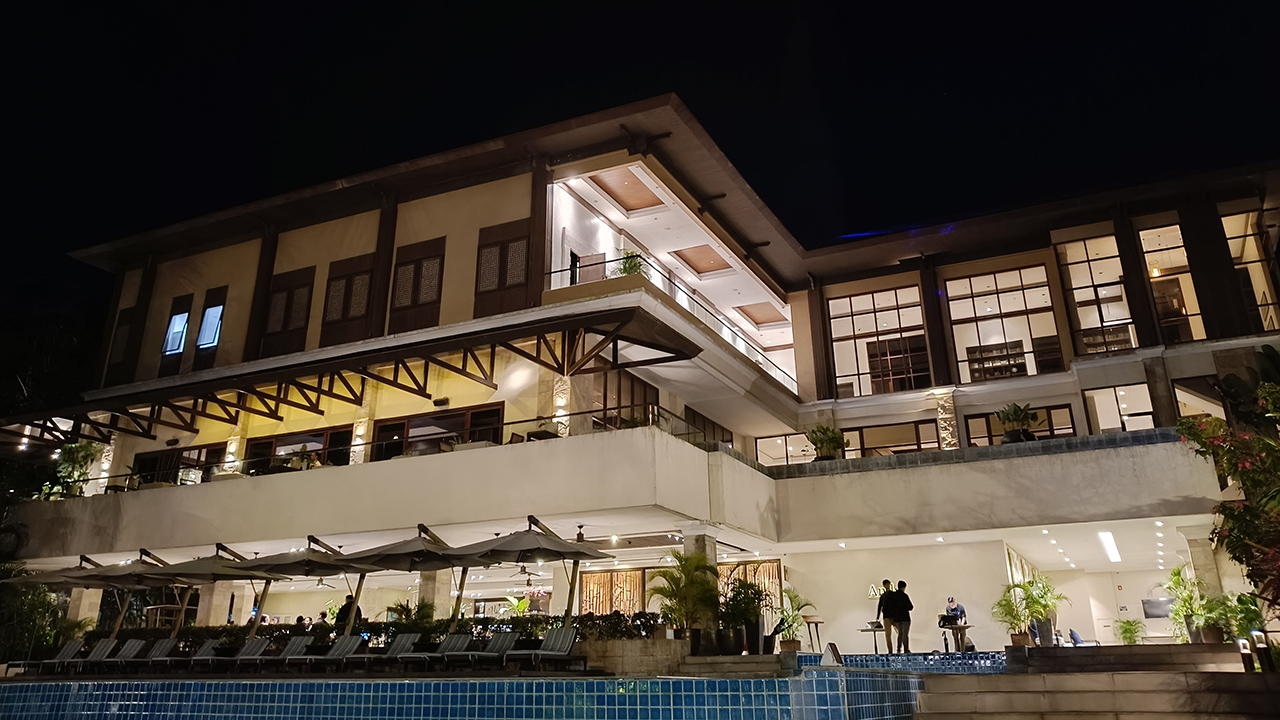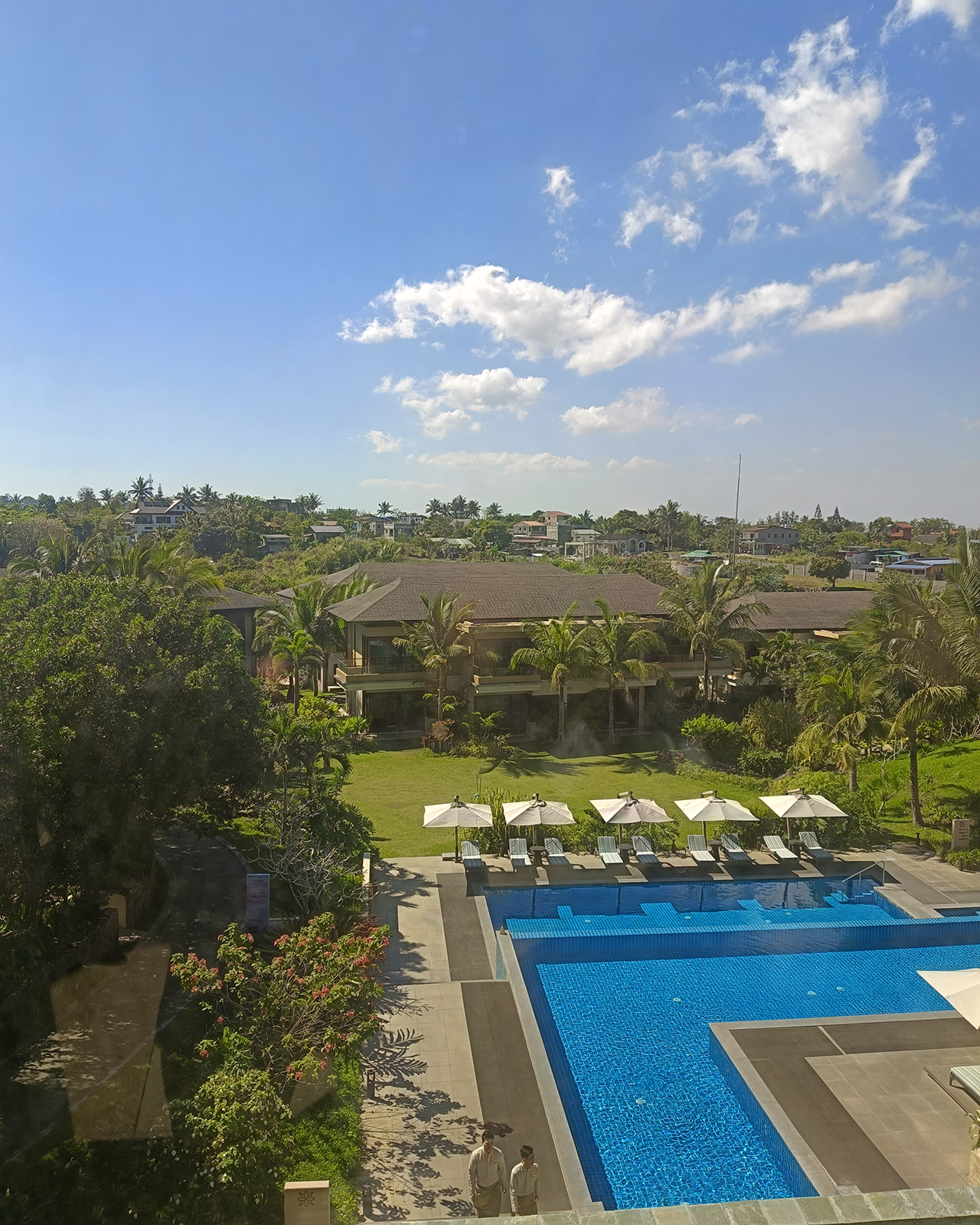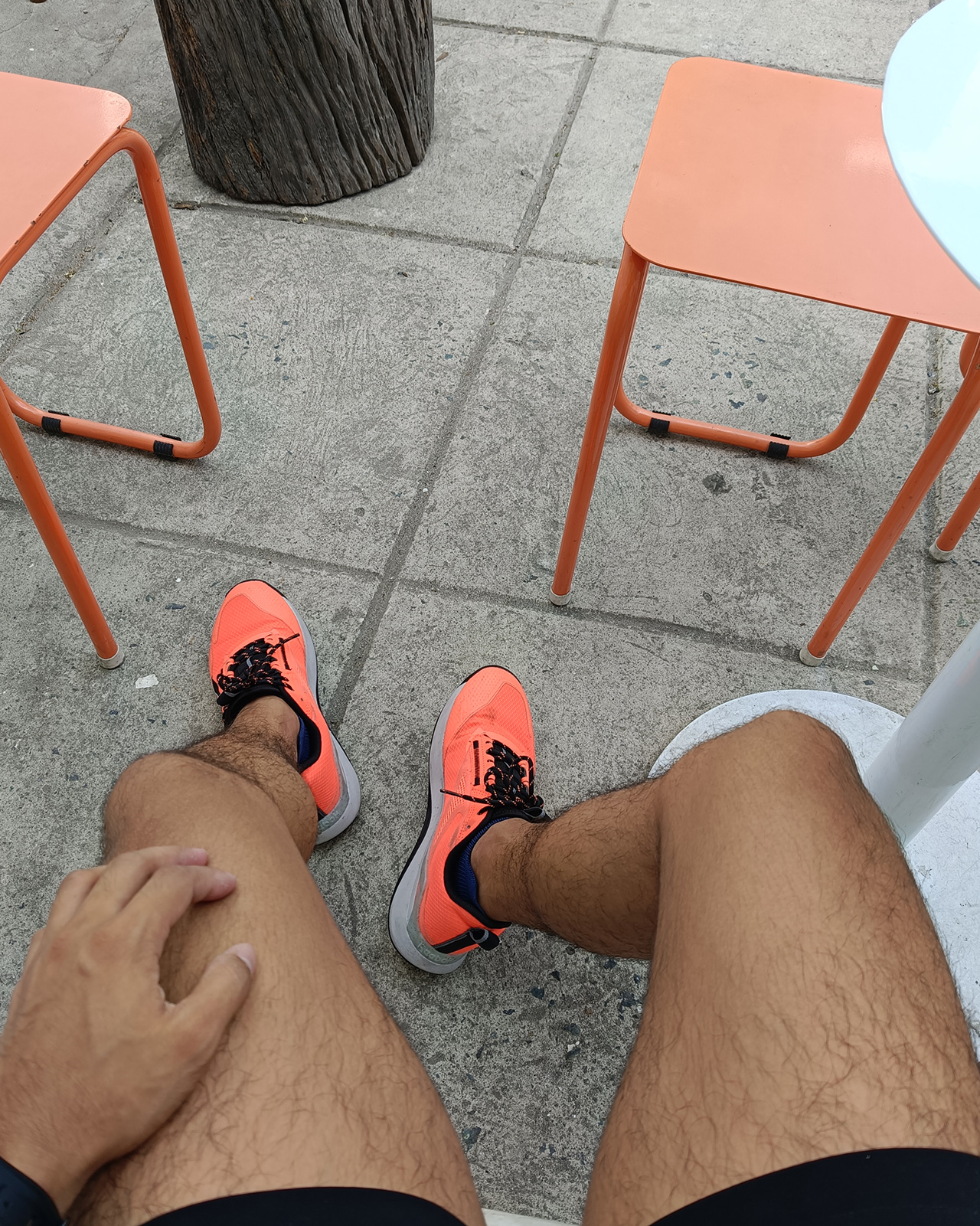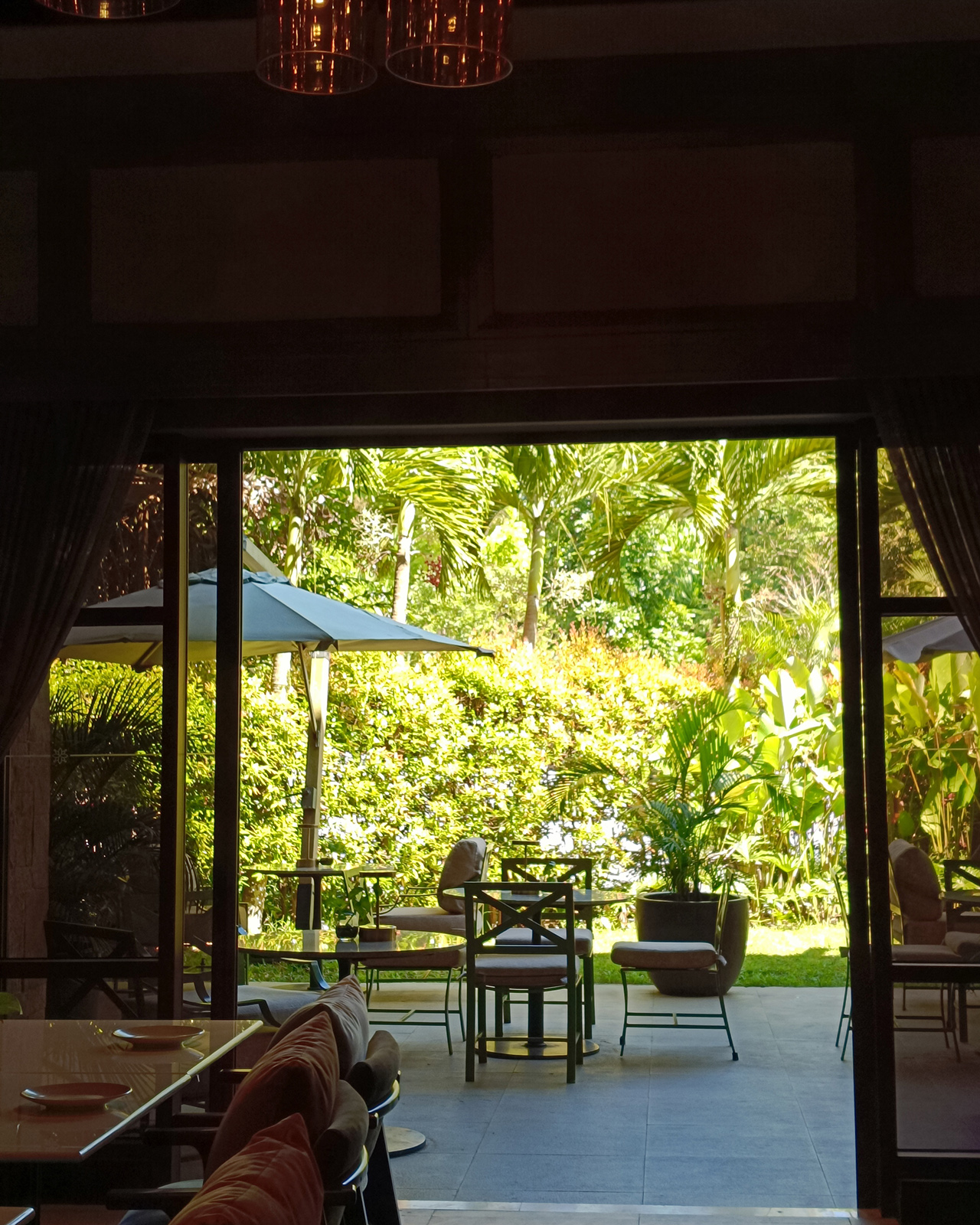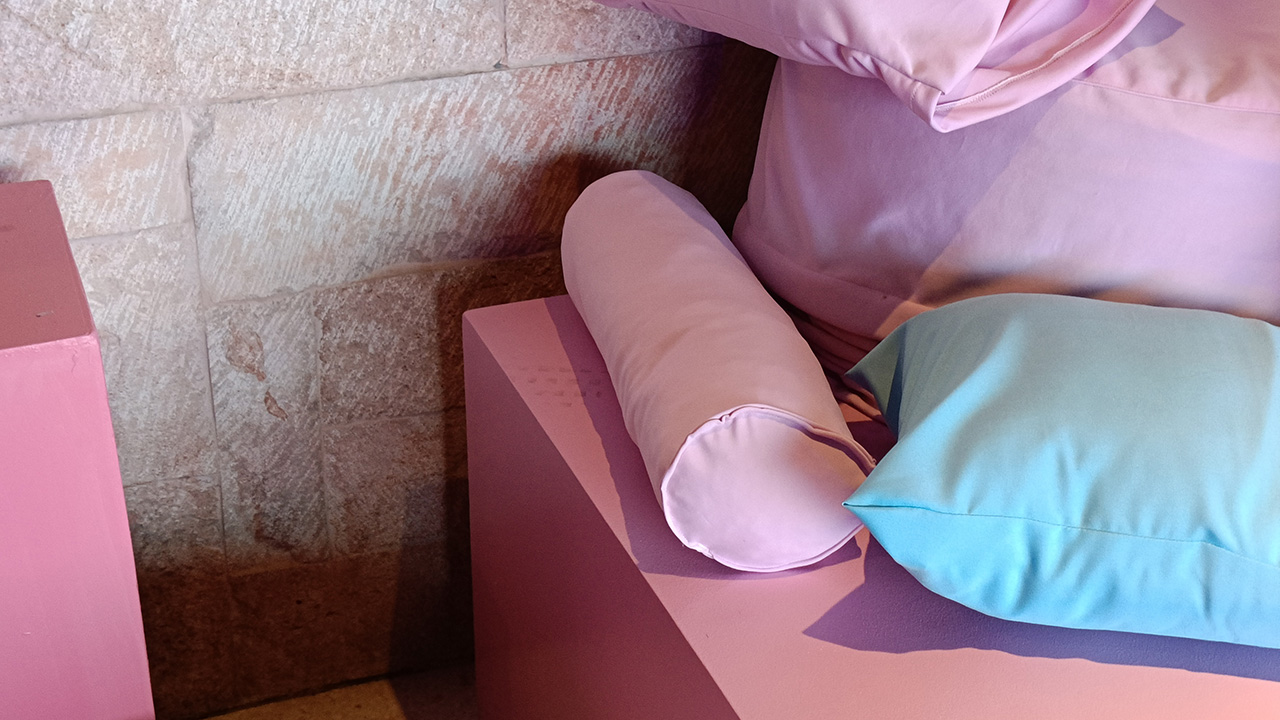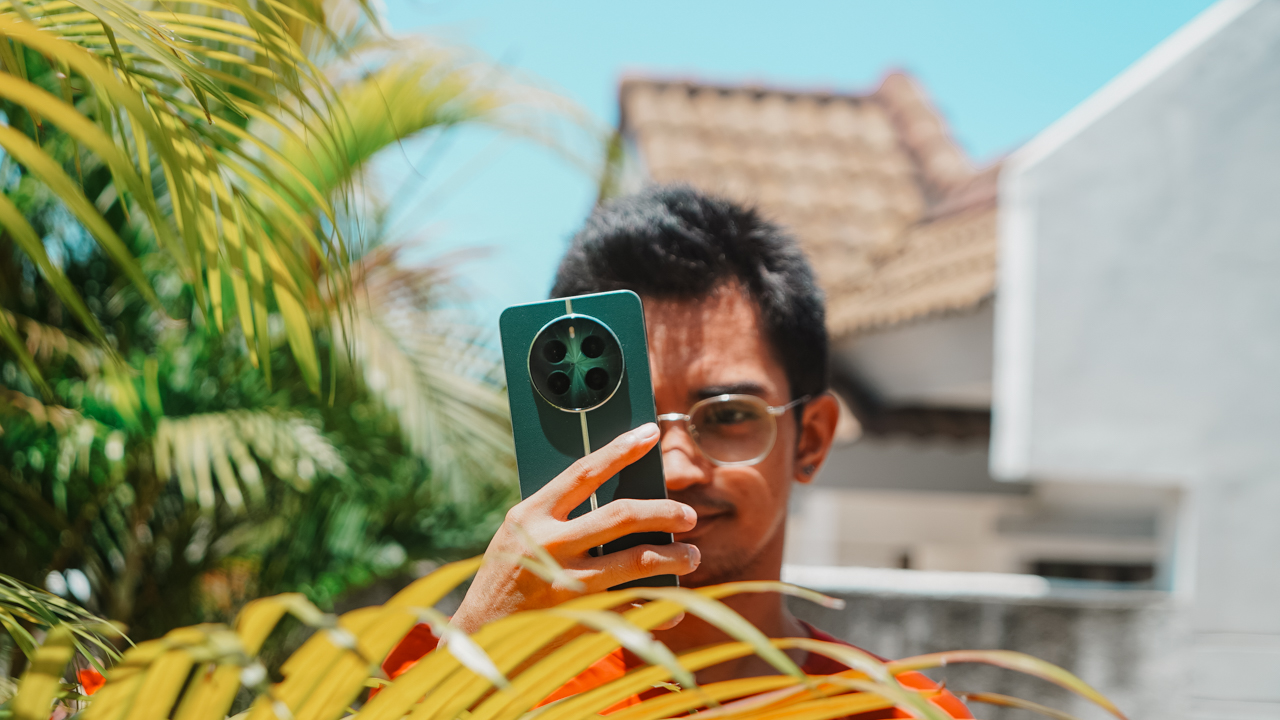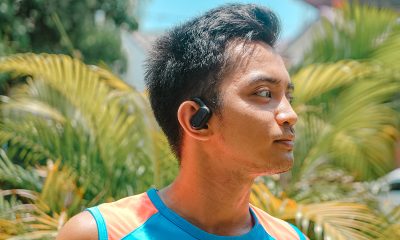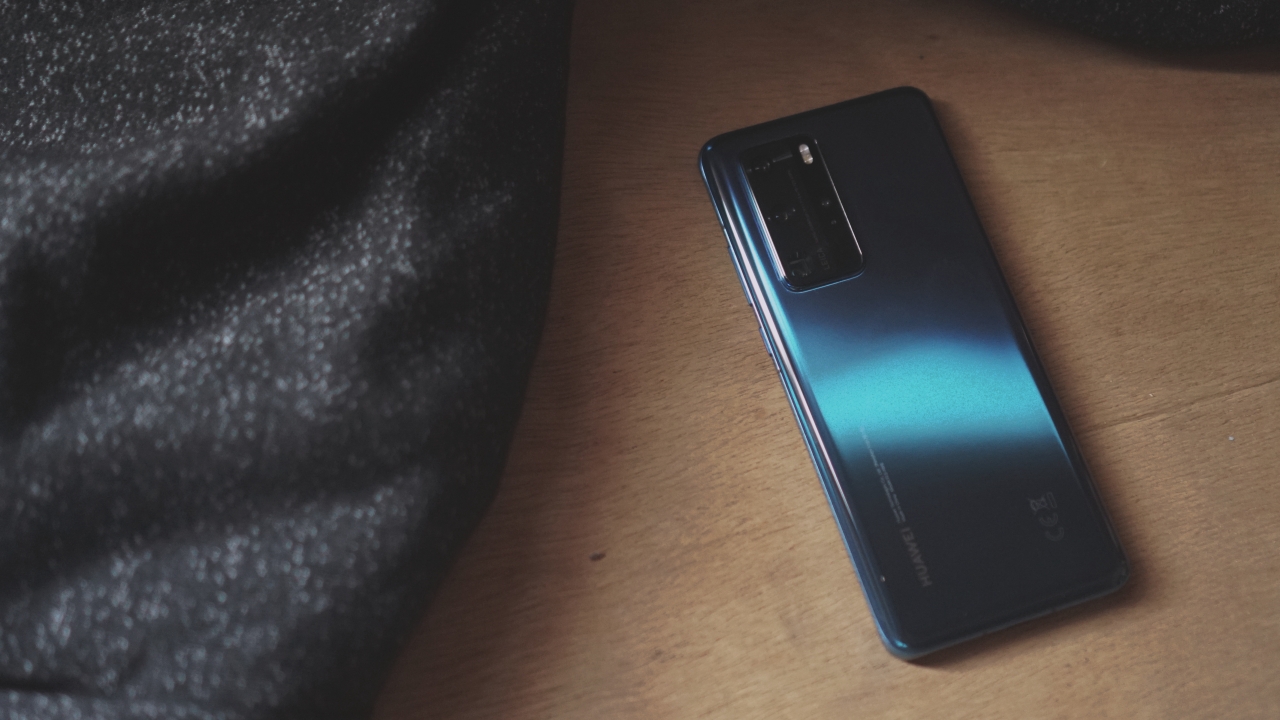
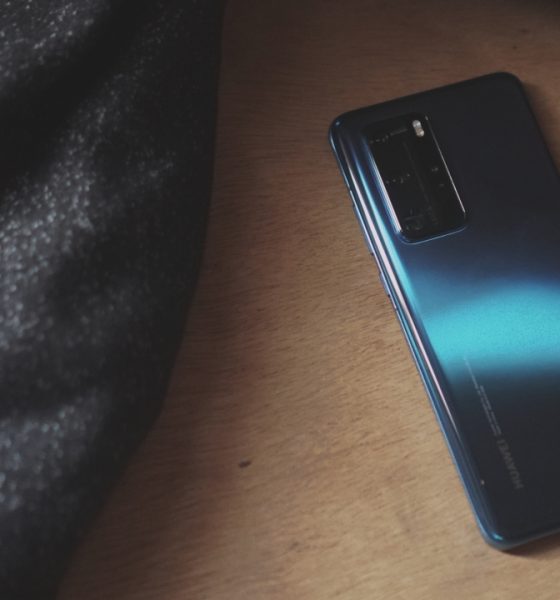
I don’t know about you but to me, a lot of 90s-2000s RnB songs evoke a deep sense of longing that’s unique to its time. That sense of longing is mostly what I felt as I put together this Huawei P40 Pro review.
That said, I recognize that feelings aren’t facts, so we’ll certainly throw in the facts that lead to these feelings. This article is probably best experienced while listening to the songs indicated. The playlist is here and also towards the end of the article. I threw in some other songs there for good measure. 😉
Sexy love, girl the things you do. Keep me sprung, keep me running back to you
Ne-Yo’s “Sexy Love” feels like the honeymoon stage of a relationship. When I first saw and held the Huawei P40 Pro, this was the prevailing feeling. It felt perfect. Its overall footprint along with the curved sides make it easy to hold in one hand. It’s also significantly lighter than its predecessor, the P30 Pro, but without losing the premium heft we tend to expect from flagships built on glass.
For context, prior to getting a hold of the phone, I’ve been splitting my time between an iPhone 11 Pro (a little too small) and a Samsung Galaxy S20 Ultra (a little too big). The P40 Pro hits the sweet spot in the middle in terms of size.
Elsewhere on the phone you pretty much get the standard stuff. All lined up on the right side are the power button and the volume rockers. Curiously, Huawei stepped away from the no-button, double tap volume controls introduced in the Mate 30 Pro.
At the bottom you’ll find the SIM card tray for both the SIM card and Huawei’s proprietary nano memory card. Alongside it are the USB-C port and speakers.
You ain’t the girl I used to know
That honeymoon stage feeling was short lived as soon as we tested the vaunted cameras equipped on the P40 Pro. The phone has a quad-camera setup: 50MP wide main camera, 40MP Ultra-wide lens, 12MP periscope lens, and a ToF sensor.
I have to admit, relating the camera performance of the P40 Pro to Omarion’s “Ice Box” is over dramatic. The song talks about trying but being let down. For the most part, you’ll definitely still get really good photos on the P40 Pro, but there are some glaring weaknesses.
The unit we have sports the Deep Sea Blue color, but we didn’t think that blue would bleed too much into the photos. Take this shot of a basketball for example. Looks fine on its own right? Except, that’s not the accurate color.
Here’s the same scene taken with an iPhone 11 Pro. This has a more accurate color reproduction of the scene. I can’t tell you which one looks better in your eyes, so I’ll leave it at that.
If you go through this comparison with other Android flagships, you’ll likely notice the same. For reference: (A) Xiaomi Mi 10 Pro, (B) OnePlus 8 Pro, (C) Huawei P4o Pro, (D) OPPO Finds X2 Pro.
Oddly enough, when the scene called for more blue, the P40 Pro produced a more color accurate photo than the S20 Galaxy S20 Ultra. For the record, I personally think color accuracy is important here. It gives you more leeway to control colors if you opt to post-process them.
The night mode and huge sensors can also be self-defeating. Sometimes you just want to capture a nice silhouette shot, but the way this phone is built and processes photos, it just won’t let you.
In the samples below, C is the Huawei P40 Pro. You can see how much it brightens up the scene compared to the rest of the phones: (A) Xiaomi Mi 10 Pro, (B) OnePlus 8 Pro, (D) OPPO Finds X2 Pro. This isn’t automatically a bad thing. It just depends on the type of image you want to capture. But for silhouettes. This just isn’t it.
That said, the camera isn’t bad at all. You’ll still be able to take wonderful photos and portraits like this one by our good friend Kate below. This one was taken in Portrait Auto with some minor color editing to take a little bit of the blues away.
View this post on Instagram
We’ll have more comparisons coming so just watch out for that. Huawei has claimed better video on the Huawei P40 Pro. Regrettably, there hasn’t been any significant chances to test this. But we will do it as soon as the opportunity presents itself.
Trust me when I say that I’ll be okay. Go on girl, go on girl
If you’ve ever been cheated on, I’m sure you’ve had Ne-Yo’s “Go On Girl” on repeat as I have. I digress. But the line I indicated above speaks to the attitude Huawei has towards losing Google Mobile Services (GMS).
Imagine having one of the core features of what makes a smartphone smart taken away. That’s exactly how it feels when you get cheated on — like your heart is being ripped apart. It hasn’t been easy but Huawei has done a fairly admirable job moving forward from such an ordeal.
As I have mentioned in a separate piece, you pretty much can now get most of the apps you’re used to using on your smartphones. There’s been no shortage in Huawei’s awareness campaign to drive this point home.
Essentially you have at your disposal the AppGallery along with third-party services to help you acquire all the social media, finance, and entertainment apps you regularly use.
One of the biggest concerns is security and Huawei has never shied away from talking about it. They even detailed the steps they took to make sure the AppGallery is safe and secure.
App availability is also ramping up. In the Philippines we already have Viber, WeChat, Lazada, SnapChat and some pretty useful ones like GCash, PayMaya, SHAREit, and Canva among others.
In Singapore, transportation and ride-hailing apps like ComfortDelgro, TADA and RYDE have already made their way to the AppGallery.
The same is true for your favorite games like PUBG, Mobile Legends: Bang Bang, and Asphalt 9. You can all get them on the P40 Pro and you’ll have no problem running them thanks to the Kirin 990 5G SoC.
If what you’re looking for isn’t available, you can go to the AppGallery wishlist to let Huawei know, and then head on over to a third party service like APKCure or APKMirror to get the app.
What about the Google stuff? Well, therein lies the rub.
Without you girl (Google), my life is incomplete
I’m sure you all saw this coming. Google is such an integral part of all our digital lives. Whether or not that’s good or bad is a different discussion altogether, but the fact remains that right now, everything they offer is a must-have.
Sure, Huawei offers alternatives. You can still get on YouTube but through a browser. Same is true if you want to use Google Maps. For emails, you can link your Google accounts to the default email app. The experience, however, just isn’t the same.
Then there are things that, personally, I just can’t live without. Chief among them is Google Photos. For someone like myself who has to switch phones every now and then, having a photo service with unlimited storage, amazing sorting and sharing options, and a robust search and archiving system is just invaluable and irreplaceable.
To a much lesser extent, there’s also Google Cast. I don’t own a Smart TV. Instead, I have Chromecast and it’s fantastic. All my news and entertainment consumption comes from the Internet and being able to seamlessly take that from my phone to my TV is a type of seamless comfort I don’t have access to with the P40 Pro.
That said, I don’t imagine that being an issue for a lot of people. Plus I do have the resources to address this. It’s not as big of a deal, but it still matters.
This is why Sisqo’s “Incomplete” inevitably plays in my head each time I reach out for the P40 Pro. A lot of the things I do are built around Google services and it’ll take a lot for me to overhaul my entire flow to warrant a shift to another set of services.
I’d rather have bad times with you, than good times with someone else
This is where the “Is this your GadgetMatch?” question comes in. The answer is complicated.
The Huawei P40 Pro is a fantastic phone which is why it’s so frustrating for me that it doesn’t have the things I consider absolutely essential. And that sucks. Big time.
Why do people buy flagship smartphones? It’s because they want the best of the best. I don’t know about you, but to me, the best means not having to think about so much hoopla just to be able to use the services you know and love.
Buying the P40 Pro means buying into whatever Huawei’s going through. It’s a commitment. And right now, they are going through a lot.
Which is why Luther Vandross’ “I’d Rather” fits so much here. To want the Huawei P40 Pro means willingly submitting yourself to the storm the company is weathering right now.
If you’re in, that’s perfectly fine. I admire your loyalty. However, I can’t say that it’s a totally smart decision.

Reviews
Challengers review: A thrilling drama wrapped as a tennis anime
Catch it in Ayala Cinemas starting April 24th

Tennis is more than just hitting a ball really hard with a racquet. There are player tics, serving techniques, mind games, and, of course, drama off the court. Challengers, starring Zendaya, takes the entire game and turns it into a dramatic thriller worthy of Wimbledon.
In Challengers, Art Donaldson (Mike Faist) is an aging tennis superstar desperate for one more big win. His wife Tashi (Zendaya), a retired tennis star in her own right, does everything to coach Art back to his winning ways. Opposite them is Patrick Zweig, a former-friend-turned-rival, facing Art in the final match of a Challenger.
As premises go, Challengers seemingly presents a straightforward sports drama. It’s a simple one-versus-one, after all. However, the film’s 2-hour-plus runtime hides a more complex drama.
The second-strangest ménage à trois in film
The film starts in media res: the first set of the final match. It doesn’t tell you who Art, Patrick, or Tashi is. It’s just a friendly match. There are, however, questions abound. Why is Zendaya’s character looking intently at one of the players? Why is the other player concerned that she is looking at his rival and not him? Who are these people?
Before you can ponder each question, the film takes you through multiple time jumps. The earliest (and longest) of which — thirteen years ago — sets up the story. Art and Patrick are two best friends and tennis prodigies teaming up to decimate the competition at their school. Everything changes when the two friends catch a match of another young prodigy, Tashi Duncan.
Both friends engage in a friendly competition to see who can successfully flirt with her. The sequence ends in the second-strangest ménage à trois committed to film. (To see the strangest one, catch Alfonso Cuarón’s Y tu mamá también, a clear inspiration to Challengers.)
The time jumps don’t end there. The story quickly volleys back and forth between different times in the past and the present, including years, months, weeks, and even hours ago. Sometimes, the skips result in the cinematic equivalent of whiplash from watching a tennis ball rapidly travel from left to right. But if you just follow the ball, it ends with one of the most thrilling, edge-of-your-seat dramas this year.
Blink and you’ll miss it
Despite how creative the time skips already are, Challengers shines with its subtler elements: the tiny movements, the tics that seasoned sports watchers can catch. Much like how a play-by-play commentator directs a viewer’s attention to what makes a player tick, the film subtly shows you elements of an even deeper story that it may or may not expound on.
Early on, Challengers shows a blink-and-you’ll-miss-it scene featuring Tashi’s knees. If you weren’t paying attention, you might have missed a scar from a surgical incision, hinting at why Tashi retired from the sport.
In that particular example, the film does dwell on it a bit in a past flashback. However, there are plot points that the film just drops on audiences with nary an explanation. For example, you might see telltale injection marks up Patrick’s wrist or a short-but-telling rehab session for Art. The film drops these nuggets only for the viewer to ponder. They’re short, but they paint a compelling picture to complement the action on the court.
It’s a tennis anime
In essence, Challengers is just about a tennis match between two emboldened competitors. However, like an anime battle that takes ten episodes to resolve, the film understands that the sport is not just about results: it’s about all the tiny movements, strategies, and dramas. If Wimbledon was this thrilling all the time, I should probably tune in a lot more.
Challengers shows exclusively in Ayala Cinemas starting April 24th.
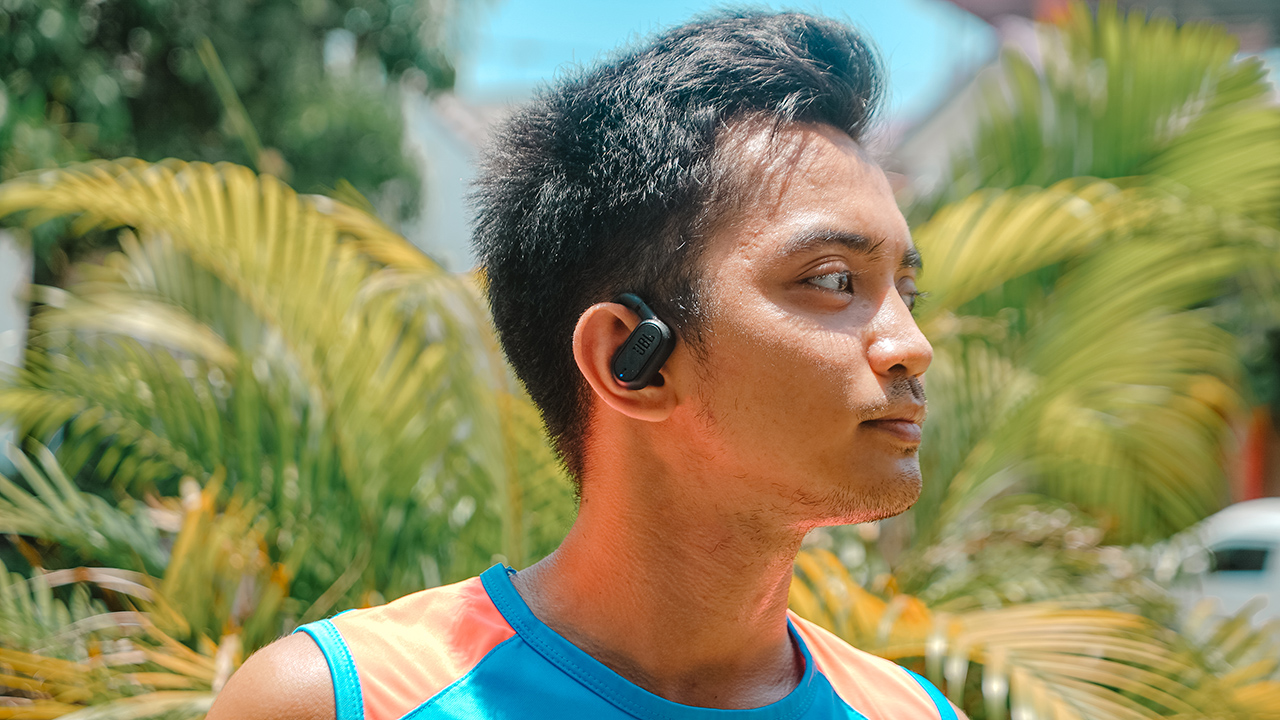
Running has been a form of meditation for most people. To some, it’s a time where your mind goes blank, allowing you to have a break from your stimulated mind.
For others, like yours truly, it’s a moment to sort out thoughts and emotions after having a preoccupied day. A common denominator between runners is doing the activity alone, accompanied only by their smartwatches, a hydration flask, and good music.
I’ve been using true wireless earbuds to accompany me on my runs, but the advent of JBL Soundgear Sense piqued my curiosity.
What is it like to use open-ear headphones when out for a run? To find the answers, I used the Soundgear Sense during my ongoing race season.
Take the long way home
As I put on mileage for my upcoming races, I have been required by my coach to add more slow runs to improve my aerobic base. That entails long, boring runs for an hour or two.
Imagine the agony of finishing a minimum of 10-kilometers by relying on your heart rate and not your pace. That was when I sought solace from the JBL Soundgear Sense.
I didn’t realize that having open-ear headphones would allow me to take on scenic and busy routes without worry that a car might hit me.
Unlike when I use true wireless earbuds that fit snugly in my ears, the Soundgear Sense are hooked and clipped on the curve of my ears without covering the ear canal.
This allowed me to hear my surroundings while still enjoying my favorite songs from Taylor Swift and BINI, a rising P-pop girl group.
Open but still private
Even if the Soundgear Sense has an open-ear design, rest assured that there’s zero sound leakage. JBL’s OpenSound technology made sure that the sound pressure is directed through waves towards the ears, while also reducing sound dispersion.
There’s a certain shame in having people find out whom you’re listening to. Maybe because you don’t intend to share the music you’re enjoying. But if you opt to share your jam, might as well have a Bluetooth speaker, right?
That’s why I liked the idea of keeping it open but still private — in relationships and my wearable. I get to enjoy “Pantropiko” and “Salamin, Salamin” by BINI all by lonesome, while still attuned to my surroundings.
It also helps that each earbud has a 16.2mm driver with a unique bass-enhancing algorithm. The sound allowed me to immerse myself in the songs I was playing, but still aware of the external noises of the streets. Somehow, the Soundgear Sense felt like a second, inner voice whispering thoughts through music.
Hybrid design for hybrid athletes
I don’t just run. I also lift on the same day right after running. Being a hybrid athlete allows me to prepare my body from the demands of multi-sports training and partaking on a Spartan race.
I like how the Soundgear Sense has a hybrid design that makes it apt for different type of workouts. Its adjustable earhooks are clipped perfectly, which doesn’t fall off even when I’m doing plyometrics. It’s also steadily in place even if I sprint and/or do some speed training.
Even when I’m heavily sweating, the Soundgear Sense didn’t slip off. With an IP54 rating, it’s dust-, splash-, and sweat-resistant.
Also, the way it’s designed is secured to fit on whatever activities you have, regardless of sweating. Except gymnastics and parkour, though.
The Soundgear Sense might fall off after you hang or flip from those extreme activities that require being suspended in the air.
For added security, there’s an included neckband inside the box. However, I hate having something dangling on my nape so I never used it.
Moreover, I couldn’t last more than an hour having it clipped even with a supposed hybrid design. It hurts my ears eventually, and I feel like someone was pinching my ears and I couldn’t do anything.
If I have runs for more than an hour, I’d opt not wearing both earbuds.
Easy connectivity
One thing I like about JBL is how easy it is to connect your wearables to your smartphones, be it an iPhone or an Android.
Once both devices are paired, flipping open the case will instantly connect the Soundgear Sense to your smartphone.
While running, I don’t have to constantly check my phone since the Soundgear Sense, along with my Garmin epix Pro (Gen 2), helps me stay connected. With just a single flick on the earbud, I can control my music, volume, and calls.
My friend, Betty, called me one time while I was out for an easy run and she barely realized I was running until I gasped for my breath when running on a steep incline. It’s convenient to have crisp and crystal-clear calls within your reach.
And to make it more convenient, the touch controls can be personalized to your liking. On the left earbud, it’s usually the volume control.
One tap and it increases the volume, while double tapping decreases it. When someone calls, you can double tap to respond or you can tap and hold to reject the call.
The right earbud uses the same call control, but it’s automatically set for playback control. You can switch earbuds depending on the gesture you prefer.
All of these customizations can be done using the My JBL Headphones app.
Definitely long lasting
I have had the Soundgear Sense for two weeks now, and both earbuds still have a half battery life from a single charge. As of writing, the left earbud still has 51% while the right earbud has 56%.
Thanks to its charging case, both earbuds keep recharging every time they’re stowed inside.
But if you’re wondering why the left earbud has a lower battery life, it’s not because I spend too much time watching adult-rated content.
A lot of times, I run with just the left earbud clipped on my ear to stay alert from my surroundings. Even with OpenSound technology, I tend to get lost in the music I’m listening to whenever I have both earbuds hooked.
Considering I’ve amassed more than 70km of running mileage for two weeks with almost 10 hours of running, the Soundgear Sense surprised me with its battery life.
I haven’t charged it since then, which made me wonder how fast it would really be, if I get to drain it down to zero and juice it back up to 100. Perhaps, stay tuned on my Instagram and TikTok accounts?
The Soundgear Sense is expected to let you listen wirelessly for up to 6 hours. You get an extended life of another 18 hours through the charging case. A quick 15-minute charge through the Type-C port gives an additional 4 hours of music.
Is this your GadgetMatch?
For an athlete, the JBL Soundgear Sense surely makes every run magical. The design and technology were innovated with runners in mind. The device integrates seamlessly to any type of active lifestyle.
It will boil down to preference, whether you enjoy an open-ear design clipped onto your ears or you’d enjoy an earbud blocking your ear canal.
As for me, I think I’ll switch and pick the Soundgear Sense to accompany me in my race season. It helps me immerse myself in good music, stay connected, while keeping me attuned to my surroundings. This ensures my safety when out for a run.
It’s easily a GadgetMatch for all types of athletes dedicated to fulfilling their training assignments. It’s also for fitness enthusiasts entering their “runnerist” era.
The JBL Soundgear Sense retails for PhP 9,499. It is available via JBL’s website and select, authorized retailers.
Reviews
realme 12+ 5G review: One month later
What is it like to spend a month with a midrange smartphone?

What is it like to spend a month with a midrange smartphone?
For someone spoiled with high-end, flagship smartphones, a watered-down experience terrifies me. I couldn’t fathom using just a midrange smartphone, even if I’m counted as a casual user.
But spending a month with the realme 12+ 5G gave me a new perspective on what midrange smartphones at 2024 can do.
Powerhouse at a fraction
A lot of times, I’ve used the realme 12+ 5G to play Mobile Legends: Bang Bang. I know, I know. It’s 2024 and I’m still playing the same old MOBA but it’s a game I know all too well that helps me de-stress after a long day.
See, I’m an athlete balancing my work and life. Sometimes, I just want to rot in bed while playing on my phone.
The realme 12+ 5G helped keep me sane thanks to its lag-free gameplay. Not once did I feel any heat or slowing down even while playing in an Ultra Graphics and Super High Frame Rate setting.
The Vapor Chamber Cooling System came into play, dissipating the heat so even if under heavy usage, the gameplay is still optimal.
Moreover, the realme 12+ 5G uses a MediaTek Dimensity 7050 chipset. When you combine this with a 12GB dynamic ram that’s expandable through your storage space, you won’t have to worry about a watered-down experience from using a midrange device.
The RAM can take up from 4GB up to 12GB to be re-allocated from the 256GB internal storage. Though, I only used 4GB since I didn’t feel the need to turn it up to the highest configuration. It’s already smooth even when multi-tasking.
It may not be as smooth as the flagship smartphones I held, but it’s enough particularly for people who just needs a smartphone they can use for their everyday lives. However, if you want a midrange device dedicated for an even more intensive gameplay, I’d suggest looking elsewhere.
Daily companion for viewing, listening
When I was on my way home from my training, I drove past a busy road in Pasig City where vendors are in the streets, bystanders are frolicking, and loafers gossip while taking space through the plastic stools they sat on spread out near the sidewalk.
What do they have in common? Smartphones. There was a realization that the Filipino masses rely on their devices to be entertained and connected.
I have a feeling that if I wasn’t a multi-passionate person with an insanely hectic schedule, I’d bury my head on a smartphone, too.
This is where having a spectacular audio-visual performance comes into play, especially for budget and midrange devices. Luckily, the realme 12+ 5G has a 120HZ Super AMOLED Display and Dual Stereo Speakers.
It’s one of the reasons why I started playing Mobile Legends: Bang Bang again when I was decompressing for the day.
Aside from doomscrolling on TikTok, I just like it when the display is fluid, vivid, and smooth while the audio can be as loud and immersive. Unlike most midrange smartphones, the audio-visual performance is always a hit or miss.
Sometimes, they have an excellent screen while the audio suffers, or vice-versa. The realme 12+ 5G just have it both.
Capture it, remember it
The realme 12+ 5G uses a 50-megapixel SonyLYT 600 OIS Portrait Camera, an 8-megapixel 112° wide-angle lens, a 2-megapixel macro sensor, and a 16-megapixel selfie camera on the front.
I used the smartphone to capture photos I send to my loved ones. From selfies, coffee runs, hotel visits, group photos, food shots, and just anything and everything in my life.
The quality for low-light shots is a hit or miss, but for photos taken during daytime and with good lighting? It’s just spectacular.
Here are some sample photos to look at:
Portraits & Selfies
Food
Sceneries
Everyday photos
Real on reliability
The realme 12+ 5G’s battery capacity is just *chef’s kiss*.
Its ability to retain its battery life even on standby is just incredibly helpful for someone who keeps forgetting to charge his devices.
The realme 12+ 5G lasts long enough when out for the day, and even if you spend a lot of hours playing games and doomscrolling.
One time, I played Mobile Legends: Bang Bang for three hours straight from a full charge, and I still had enough juice to keep playing. That 5000mAh battery surely is a lot of juice that doesn’t drain easily. I had to be the one to give up playing since it hurt my eyes already.
Charging it with 67W SuperVOOC, the realme 12+ 5G gets full charge in less than an hour. This is why even if I forget to charge it at night, I just have to plug the charger in the USB-C port while I was taking a bath and prepping for work.
Could’ve been a real premium
Aside from its performance and capabilities, the realme 12+ 5G comes with a strong and beautiful exterior. The unit I have came in Pioneer Green, resembling an emerald-touch of old money.
Without a plastic case, it’s soft, feels luxurious, and easy to hold even with a boxy frame. At a glance, it’s even more beautiful with its luxury watch-inspired design, thanks to designer Ollivier Savéo.
For a midrange device, realme has a knack for making its devices look and feel sophisticated. Furthermore, it’s dust and splash proof with its IP54 rating. It’s a win-win, right? Strong and pretty at the same time.
My only issue would be the realme UI 5.0 based on Android 14 that’s packed with bloatware. Look- and feel-wise, the realme 12+ 5G would be a premium stunner, even with its camera, audio-visual, and battery performance.
But the UI design along with the unnecessary bloatware made it cheap and annoying to look at.
Is this your GadgetMatch?
The realme 12+ 5G delivers what you’d expect out of a midrange smartphone. It’s premium-looking, long-lasting, offers reliable performance, and captures vivid portraits and pictures.
It’s easily a GadgetMatch for casual users requiring enough power and juice on a device that looks pretty and strong. If the realme 12 Pro+ 5G is a midrange marvel, consider the realme 12+ 5G almost the same, but at a lesser cost.
It retails for PhP 19,999 for the 12GB+256GB variant, while the 8GB+256GB unit is priced at PhP 17,999.
-

 Features1 week ago
Features1 week agoFortify your home office or business setup with these devices
-

 Events2 weeks ago
Events2 weeks agoStellar Blade: PlayStation taps cosplayers to play Eve for game’s launch
-

 Gaming2 weeks ago
Gaming2 weeks agoThe Rogue Prince of Persia looks like an ultra-colorful roguelite
-

 Accessories2 weeks ago
Accessories2 weeks agoLogitech unveils G Pro X 60 gaming keyboard: Price, details
-

 Reviews1 week ago
Reviews1 week agorealme 12+ 5G review: One month later
-

 Gaming2 weeks ago
Gaming2 weeks agoLenovo confirms development of a Legion Go 2
-
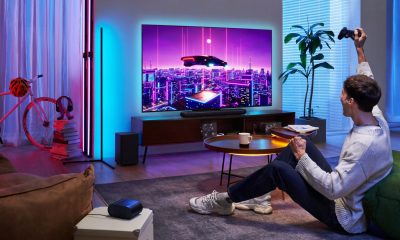
 Deals2 weeks ago
Deals2 weeks agoTCL P635 TV: Big savings for TCL’s anniversary
-
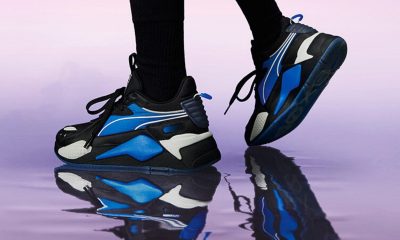
 Gaming1 week ago
Gaming1 week agoNew PUMA collection lets you wear PlayStation’s iconic symbols

